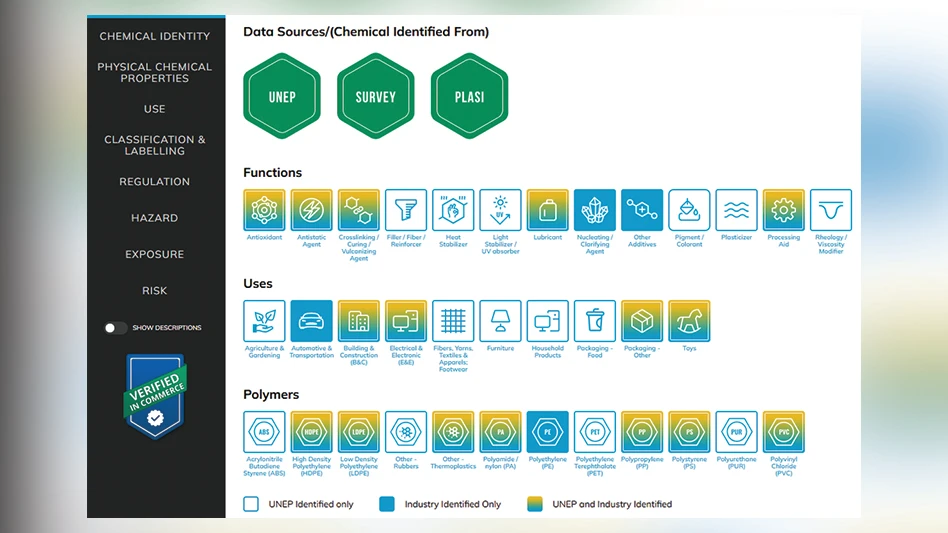 There are two innate "physical limitations" for all leaders (either executives managing their own organizations or sales managers who manage their customers' success with their products or services). Both operate either directly through personal authority or indirectly through networking excellence:
There are two innate "physical limitations" for all leaders (either executives managing their own organizations or sales managers who manage their customers' success with their products or services). Both operate either directly through personal authority or indirectly through networking excellence:
- The maximum span of control equals 20 (the military platoon) if reports are all trained identically (training techniques) on the same content (areas of competence). The span of control falls by half (10) if the reports are trained differently. The span of control also falls by half (10) if the reports are trained on different competencies. The span of control is only five if both factors vary.
- Communication loses 50 percent of its accuracy and reliability through every interpersonal transmission of information. (For a practical example of how this works, just remember back to the telephone game that many children play.) Individuals in an organization require an understanding of at least the core 10 percent of a leader's or manager's directive communication to be able to perform as expected. Therefore, four levels of management times the consistency of training limits the size of an effective organization. Larger organizations are less efficient as a function of poor communication and unequal training and development leading to inconsistent performance.
|
Chally Group Worldwide Launches 2011 Leadership Research Dayton, Ohio-based Chally Group Worldwide, in partnership with Chief Executive magazine, has launched the 2011 Global Leadership Research project featuring "Best Companies for Leaders." The research elicits key data on a range of business issues relating to leadership development from top business leaders and human resources executives. Chally welcomes chief executive officers and human resource executives to participate by visiting www.bestcompaniesforleaders.org/hrmkt. The study intends to assist organizations in keeping abreast of current best practices and key trends for leadership development. Chally is particularly interested in tracking:
All survey participants will receive a complimentary copy of the 2010 Global Leadership Research Project report, a complimentary copy of the 2011 study report executive overview and preferred pricing on the in-depth 2011 research report containing leadership development and succession planning best practice techniques and detailed benchmarking metrics. More information on Chally Group Worldwide can be found at www.chally.com. |
Sphere of Influence
True leadership savants can exceed these restrictions by communicating so effectively they can inspire without the need for one-on-one personal contact. However, the future of the organization may well be in doubt beyond the leaders' personal involvement. Michael Dell was forced to return to Dell, Jobs did the same at Apple, and the market still fears what his loss could mean in the long term. Jack Welsh was a commanding communicator, but the GE system has lost $300 billion under his successors, and other leaders who were raised in his system also have failed in the companies they went on to lead.
The degree of their "super-stardom" is measured by the scope or size of the group they were able to inspire to consistent action. The larger the organization, the more difficult it is for a single star to run it. For instance, a jazz performer can excel in a small group or even as a solo act (if the marketing is built around him) than he can in an orchestra.
Golf (an individual performance) is always led by a star (Palmer, Nicklaus and Woods, for example). But consistent, dedicated managers of their game can make it to the big time through practice, commitment and focus, such as Michelson.
The Importance of Networking
The top 20 percent of superstars in sales and leadership roles are excellent at networking, especially within their own organizations. The key is building broad and deep relationships by personally initiating contact with people and making them feel better about who they already are, as well as by consistently offering tangible appreciation, recognition and personal favors.
Hunting, Farming and what lies Between
That same top 20 percent in sales and leadership tend to be either short-term or project focused. They are "hunters"—whether salespeople, entrepreneurs (new business builders), turnaround specialists or long-term legacy builders—who take an incremental "production" approach to establishing perpetual sustainability and more in-depth relationships. As a result, in sales, their contacts will remain loyal to them, even if they move and represent different vendors or products/services. And in terms of leadership, the organization will continue to thrive independent of their continuing personal involvement.
"Farmers" are salespeople and longer-term leaders who establish corporate systems, refine quality, improve dependable profitability and establish long-term viability within the organizations they are working within.
The profitable middle 40 percent, because they have solid general decision-making skills and deep commitment but less innate specialized talents, take longer and have a smaller but still important range of contacts and less deeply loyal support.
This text was supplied by Chally Group Worldwide (www.chally.com), based in Dayton, Ohio, which aims to help clients increase sales and management productivity and profitability.

Explore the November 2011 Issue
Check out more from this issue and find your next story to read.
Latest from Recycling Today
- Harsco brands slag-content asphalt as SteelPhalt
- ArcelorMittal puts French EAF conversions on hold
- Associations ask for effective EPR to drive textile circularity in Europe
- GESA report claims 72 countries recycled EPS in 2023
- Report: Saica exploring recycled paper mill project in Dayton, Ohio
- Hydro’s Alumetal to meet 15 percent of its energy demands through solar
- CSA Group publishes standard defining plastics recycling in Canada
- Second Cyclyx Circularity Center to be located near Fort Worth, Texas





